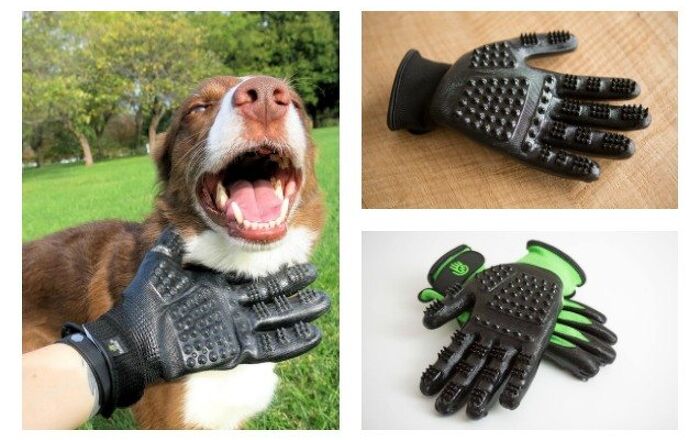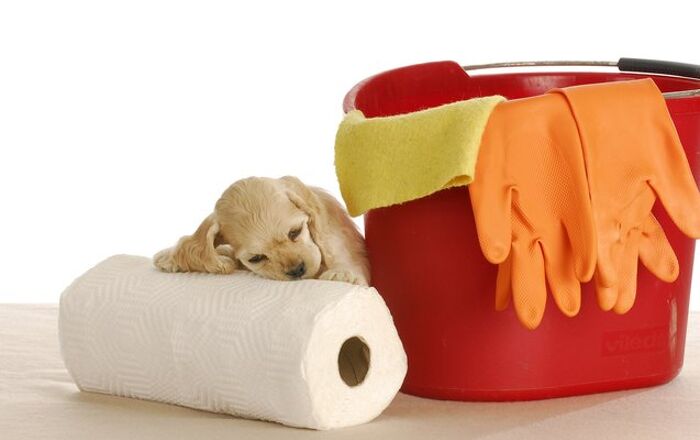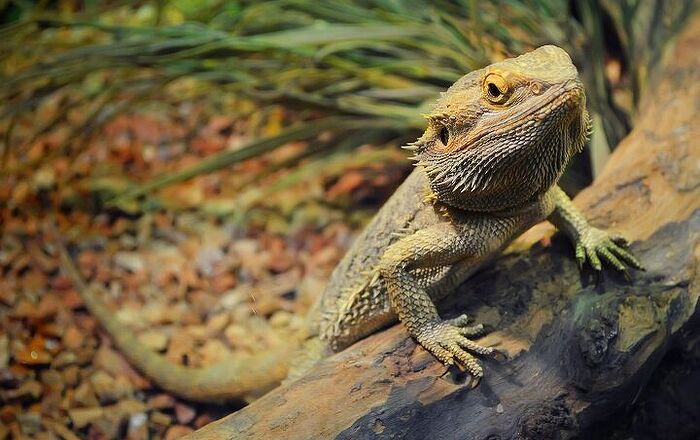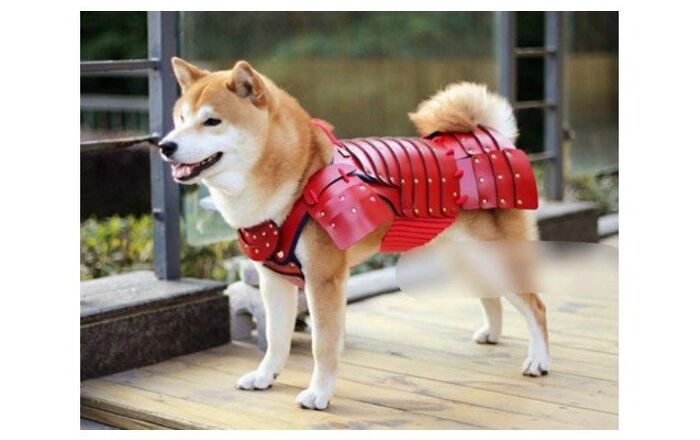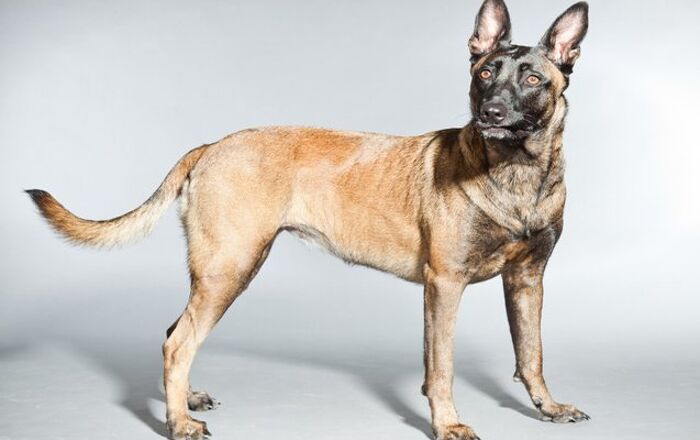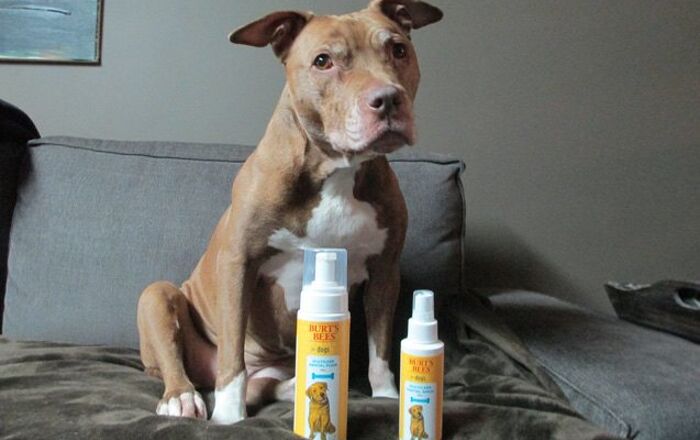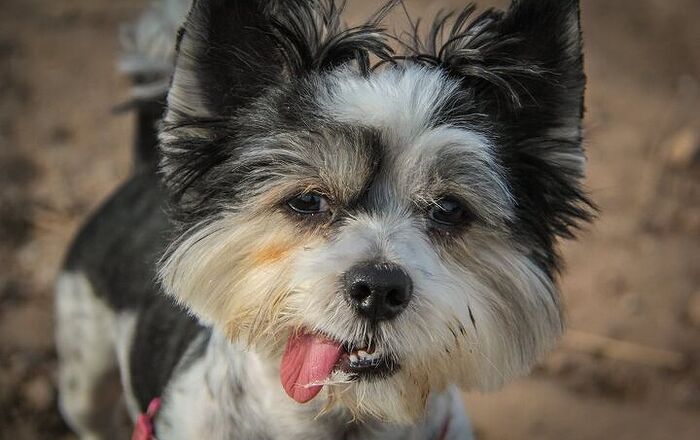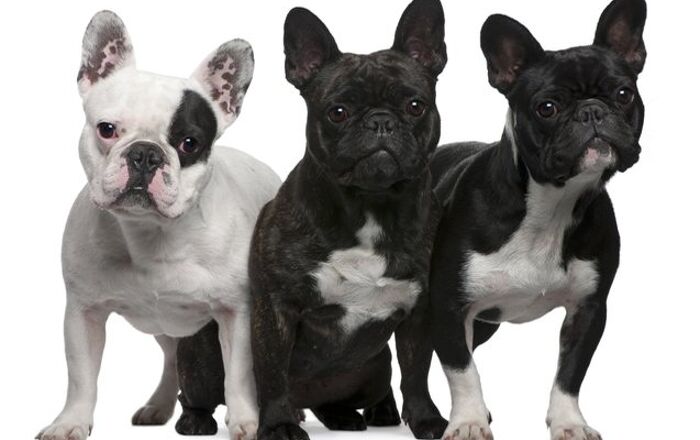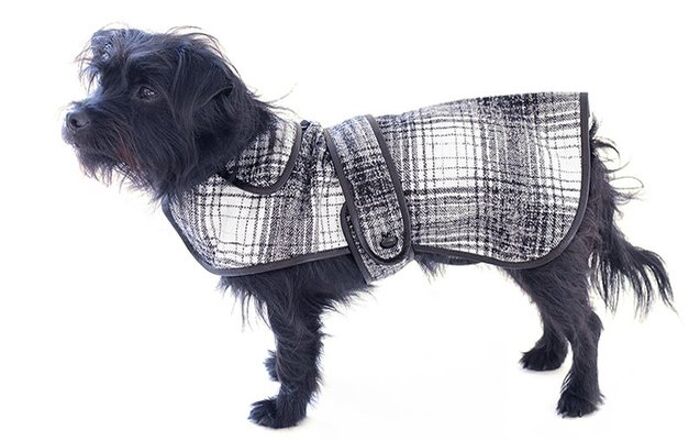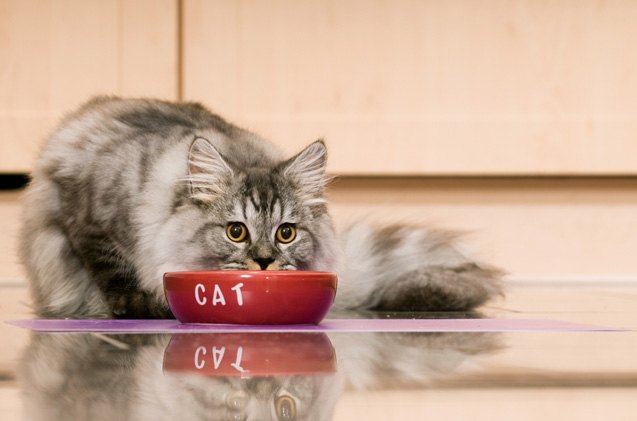
Cashmere Cat Breed History
The Cashmere cat is also known as the Bengal Longhair. It is basically the longhaired version of the modern Bengal, which is a popular breed that was developed during the 1980s and was accepted as a breed by The International Cat Association (TICA) in 1986. But even though longhaired Bengal cats were being bred the entire time, those cats were not recognized for Championship status by TICA until 2017.
Cashmere cats, or longhaired Bengals, are also referred to as semi-longhaired Bengals, and they were always part of the breeding program as the Bengal cats were developed. But the longer hair used to be considered an undesirable trait, so it took some time before these cats were accepted not only as a variety of the Bengal cat breed but also as a new breed on its own. And the name Cashmere came about in 2013, when the longhaired Bengal was given preliminary breed status in the NZCF (New Zealand Cat Fancy) registry. That is when Damian Vaughan, a breeder, asked to have the Cashmere name used to register these cats.
Longhaired versions of the Bengal cat exist because some of the cats carry a longhair gene, which is a recessive gene that would cause some kittens to be born with longer hair. Breeders today can use genetic tests to figure out which Bengal cats have this recessive gene, and by breeding two cats that have the gene, they can ensure that Cashmere kittens will be born. Despite these efforts, however, the Cashmere is still considered rare.
The Cashmere cat is also known as the Bengal Longhair.
Breed Traits
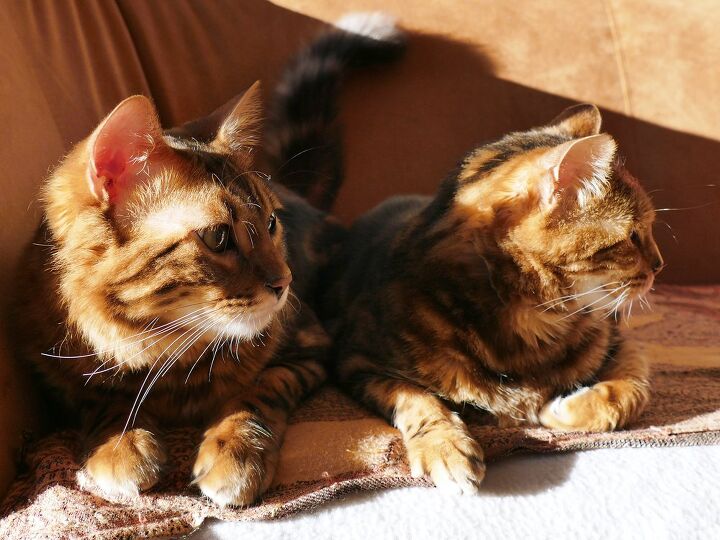
The Bengal Longhair will have the same personality traits as a shorthaired Bengal. These cats make wonderful companions that are loyal and devoted to their human family. They are also curious, confident, and social, getting along well with everyone, including other pets, especially when they are properly introduced.
It is important to note that Cashmere cats are known for being active and playful, and they enjoy climbing up to high places around the house. These cats also like keeping busy, even though they could be lap cats when they choose to be. They love having fun and spending time investigating, climbing, playing, and chasing. They are also vocal cats and they may even show an interest in playing with water.
Cashmere cats will also enjoy spending a lot of time around their family to be near the action at all times. Giving your pet plenty of attention and affection, along with playtime and a variety of interesting toys, will help keep your Cashmere cat out of trouble. But these felines are also intelligent and can be easy to train, so taking the time to teach your kitty the rules of the house could also be beneficial. And you might even be able to train your Cashmere to perform tricks or go for walks on a leash, which could be a lot of fun.
Overall Description
Just like the shorthaired Bengal, the Cashmere features a luxurious coat that is soft and features a marbled or spotted pattern. Some cats might also showcase what is referred to as “glitter,” which is basically an iridescent sheen that can be seen on the coat.
Cashmere cats are medium to large in size, but the males will usually be bigger than the females. You will also notice that these cats are well muscled and athletic. And the body of a Cashmere cat will be well balanced, so none of the features will be particularly pronounced or exaggerated either.
Colors
The most popular coat color for the Bengal breed and the Bengal Longhair is the black/brown tabby color. But their coats could be a range of colors, from shades of copper, mahogany, bronze, or gold, to cool gray. The marbling or the spots could range from rich black to brown. On the other hand, silver Bengals will showcase coats that are nearly white or gray, along with patterns that are black to dark gray in color. And Bengals might even feature cream, light tan, or ivory colored coats with marbling or spots that could range from dark chocolate to light brown. Plus, these cats might also have facial markings and undersides that are nearly white and show off the tabby pattern.
Grooming Requirements
Even though you might assume that the Cashmere cat would require more grooming because it features a longer coat than the shorthaired Bengal, it turns out that, thanks to the coat’s silky texture, even the long hair only requires a basic grooming routine. The long hair, much like the short hair, is not likely to tangle or to mat, thanks to its texture, so a regular routine of brushing your cat will help keep your pet happy and make him feel pampered. Brushing is a great way to bond with your pet, and it could also help massage the skin and ensure that the Cashmere’s coat remains soft and smooth. And, like any other cat, a Cashmere’s grooming routine could also include regular claw trimmings using feline nail trimmers.
Photo credit: Dora Zett/Shutterstock; Ilona Koeleman/Shutterstock



